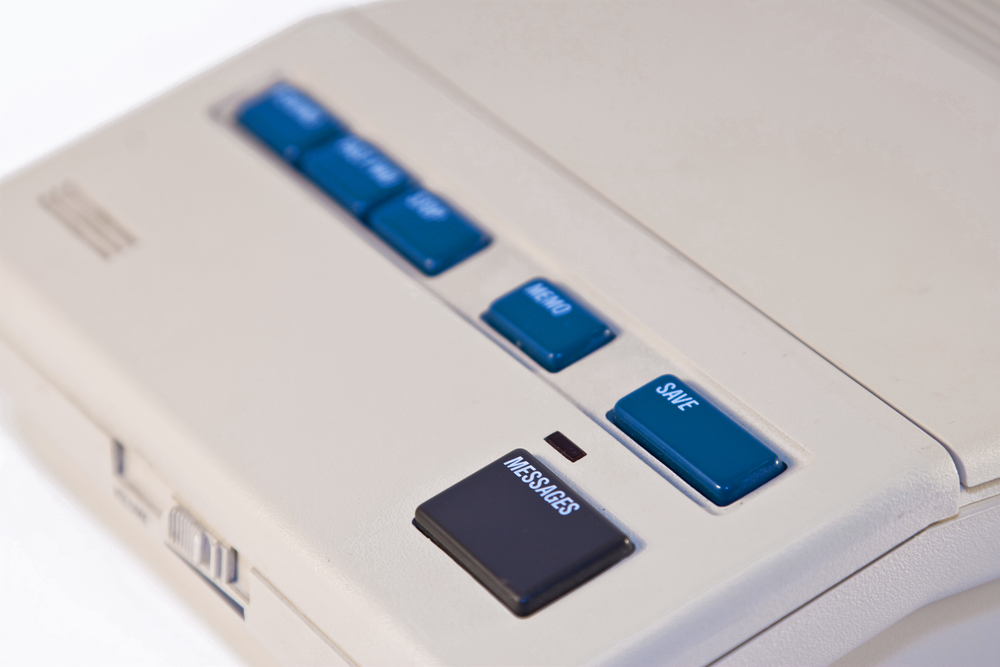It was widely reported earlier this month that US investment giant JP Morgan is abandoning a staple of business communication – the once-ubiquitous voicemail. It started as a cost-saving exercise – its service provider was apparently charging them $10 per month for the feature – but now it has removed the service from almost its entire workforce. And here’s the interesting part: it was a service that was voluntarily surrendered by the users.
In the early days of voicemail systems, they were very gratefully received by a workforce that at that time was adapting to doing more business over the telephone – rather than via post or ‘internal memos’ – while having less administrative and secretarial support than previous generations. In a pre-email world, it was a necessary tool to enable quick, person-to-person communication without legions of telephonists taking messages.
>See also: Unified communications is the promise that never delivered: Avaya CEO
But set in the context of the communications tools available now, voicemail looks like a backstop to a failed interaction. If you want to impart information, you send an email. Or if it was short, a text. If it was pre-meditated, it would probably have been diarised as a conference call or virtual meeting. If it was a bit of gossip or trivia, then there are a plethora of platforms better suited to that task.
The fact that someone want to speak, one-on-one, without pre-planning, indicates that it is something ad-hoc, bi-directional and personal. If you just wanted someone to call you back, then the call’s appearance in the ‘missed calls’ log will probably achieve that. Most people will simply call the missed-caller back without bothering to listen to the voice mail anyway.
Then there is the problem of voicemail proliferation. Many people have four separate voicemail systems: one at home, one in the office, one on the personal mobile and one on the company mobile. Are they really to check each one? Of course not. They don’t, and thus the medium falls further into disuse.
The voicemail hails from a time when networks weren’t as real-time as they are now. Before calling someone, you had no idea if they were at work, off sick, asleep, on another call, in a meeting or trying to call you at the same time. That’s changed with presence information that can publish availability both inside and outside the workplace.
From business grade presence services such as Microsoft Lync or comparable tools from UC vendors such as Mitel and Avaya, to more consumer-oriented platforms such as Skype, Google Hangouts, WhatsApp and the ilk, people are used to the idea of seeing that somebody is active on the network. Even if we see that they’re busy, we can send a quick request for a call when free.
Increasingly, these tools go further than simply transmitting the availability or otherwise of colleagues and friends. The communication tools have become collaboration tools, allowing instant promotion of calls into audio or video conferences, sharing screens, working together on documents, and bringing more and more people into the collaboration until the problem is solved. And these tools are spreading beyond the confines of the PC and onto the tablet and the smartphone. No doubt they’ll be cropping up on the smartwatch before you know it.
The humble voice call is experiencing decline – for probably the first time since the invention of the telephone. While the volume of telephone calls made on fixed lines has been in decline for some time, Ofcom data shows that the last two years have seen a decline in overall voice volumes – mobile and fixed – as both business and consumers plump for alternative communication channels.
It is almost a truism that the millennial generation use their smartphones for almost any purpose other than as phone – but it is also the case that business focus on mobility is shifting towards data rather than voice.
>See also: The future of unified communications
Multi-channel contact centres continue to report a steady migration towards the text-based channels, as voice diminishes as a proportion of traffic handled. In this context of channel choice, if we actually pick up the phone and dial someone, it’s because we really want to talk to them. Thus the beep of the voicemail is a disappointing signal that the purpose of our call has failed. It no longer provides a useful service.
In a few short years, during which even the Star Trek communicator has been made to look like a pretty basic piece of kit, the humble voicemail looks like going the way of the pager and the fax machine to the ‘history of communications’ gallery at the local science museum.
Sourced from Rufus Grig, CTO, Azzurri Communications







